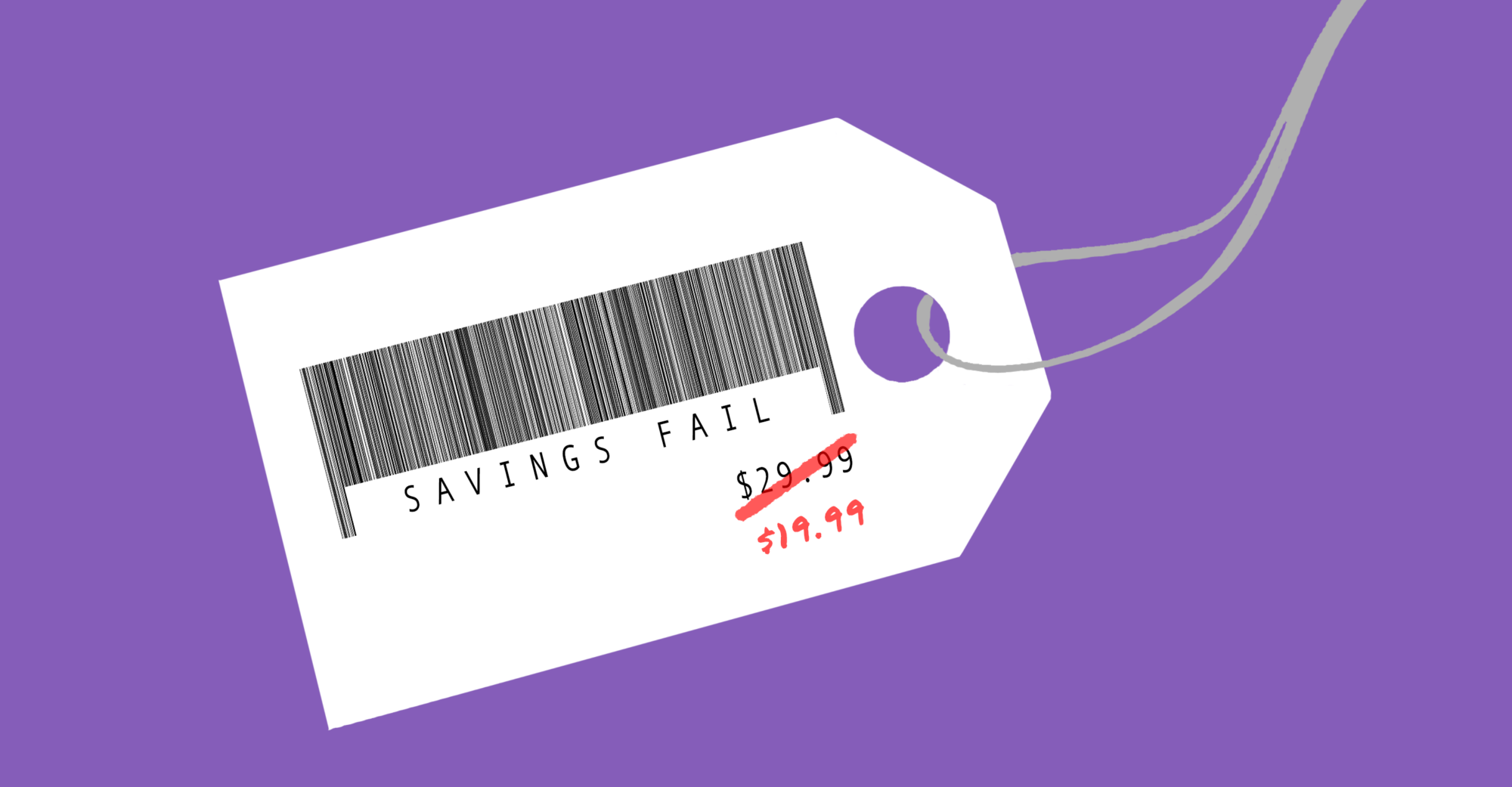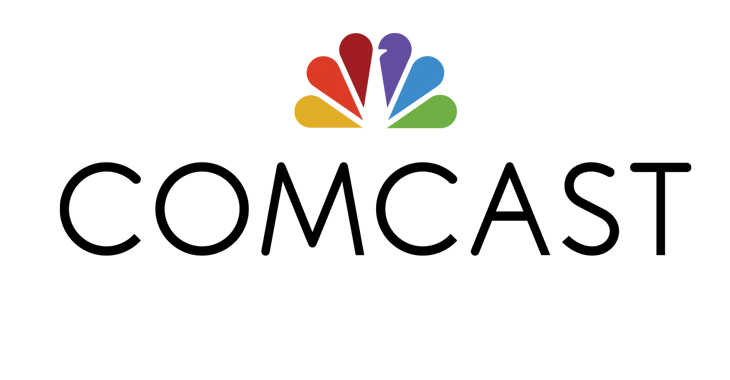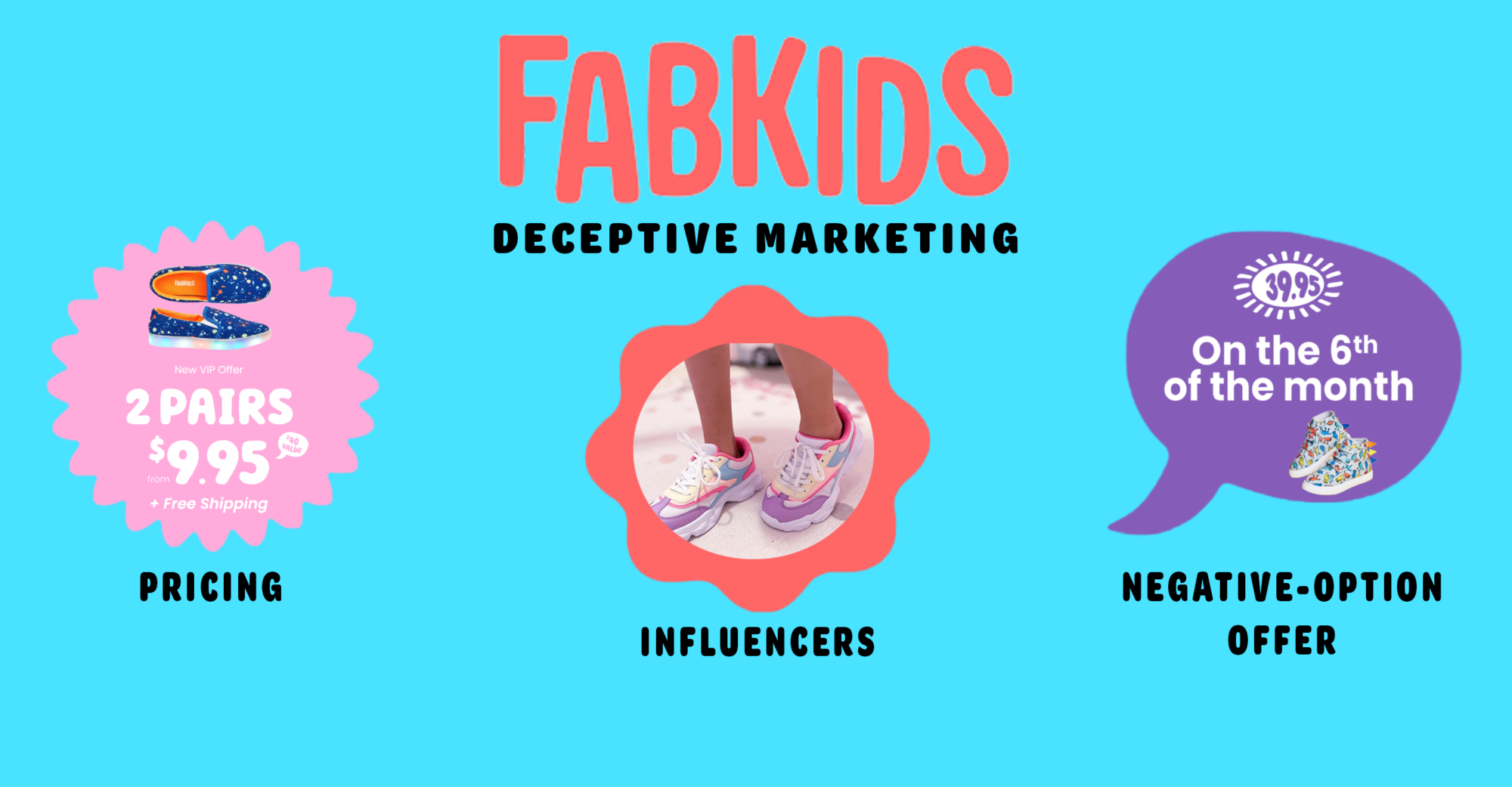
CATrends: Fake Reference Prices
The illusion of savings.
When research firm Temkin Group polled consumers on their satisfaction levels with certain companies this past summer, cable companies took six of the bottom seven spots. Rounding out the bottom of the list were Internet service providers, many of which are also cable companies. Comcast, Verizon, and Charter Communications earned the distinction of appearing twice, as both a cable and Internet provider.
In addition, Comcast won a “golden poo” as the Worst Company in America, as named by Consumerist in 2010. The company also placed third in 2013, while AT&T and Time-Warner Cable made appearances in the bottom eight as well
It’s not hard to peg the cable industry among the least-consumer friendly industries in the country. This distinction is earned in part because of the Kafkaesque bureaucracy that leads to questionable customer service and lengthy appointment windows. But the reputation also comes from the hidden fees that frustrate consumers and often leads to the actual price for cable and Internet service being significantly higher than the advertised prices.
One TINA.org reader relayed her frustrating experience with nation-wide Internet and telephone provider Frontier. She signed up for bundled phone, Internet, and DishTV service advertised at $75.97 after seeing an ad online on Frontier’s website.
Her first bill was for $145.32. It included higher than advertised unbundled prices for the telephone, Internet and television services along with unexpected charges for long-distance phone calls (which should have been included in the advertised phone service).
“Frontier does not contest the fact that they charged more than they advertised,” wrote the reader in an email.
After she alerted four different customer service reps — some of whom, she says, promised to fix the billing problem – Frontier instead told her that the offer was subject to availability, as noted in advertisement’s Sometimes termed “mouse print” or, more benignly, “disclosure language”, and presented in miniscule font. It is there to take back every enticing offer made in the ad., and it was not available in her area. She is still being charged more than the advertised price.
“To make it even more irritating, they still have that offer online,” she wrote.
Frontier is not alone in advertising one price and charging another. Comcast, which serves TINA.org headquarters, advertises a residential TV and Internet package for $79.99. (The advertised price is for the first six months. The fine print states that the price rises for months 7-12, and again for months 13-24, and once more after two years.)
But a TINA.org staffer who has this service actually paid $94.77 for the first six months once taxes and fees were included and now pays $121.76 per month for the bundle.
These practices have gotten cable companies in hot water with the law. Comcast agreed to pay $1 million in 2006 to settle charges of unfair practices with the Massachusetts attorney general. According to the Massachusetts AG:
Comcast, and its predecessor, AT&T Broadband, engaged in a series of unfair practices in the advertising and sale of its cable television services, including advertising limited time offers of free or reduced rate digital cable packages without adequately disclosing to consumers what the actual price of those services would be during and after the promotional period.
Comcast is not the only cable company charged with bumping up prices. In March, Time Warner Cable agreed to refund customers $2.2 million in a settlement with New York State after the company overcharged customers. The company had already issued refunds voluntarily for previous overcharges in the state in 2007 and 2010 and agreed in 2005 to change its disclosure policies regarding promotional rates.
Even cable companies like to sue one another over false and misleading advertising, as Cablevision did to Verizon in 2011 over Verizon’s claims about its Internet speed.
Consumers should know that the price a cable company advertises for its services will often be significantly lower than the price actually charged, and they should budget accordingly. And be prepared to grow frustrated with your cable and Internet provider – it’s a common sentiment.
The illusion of savings.
Online retailer deceptively advertises members-only prices, TINA.org investigation finds.
Comparing the amount companies agree to pay to settle deceptive marketing charges with their annual revenue.


